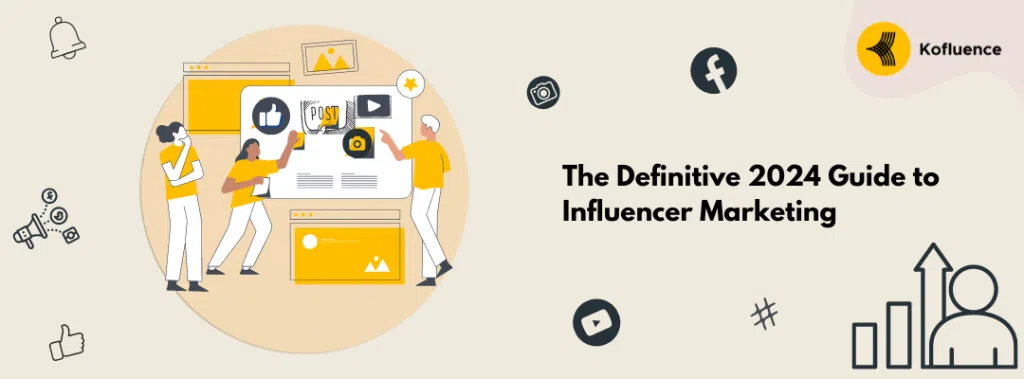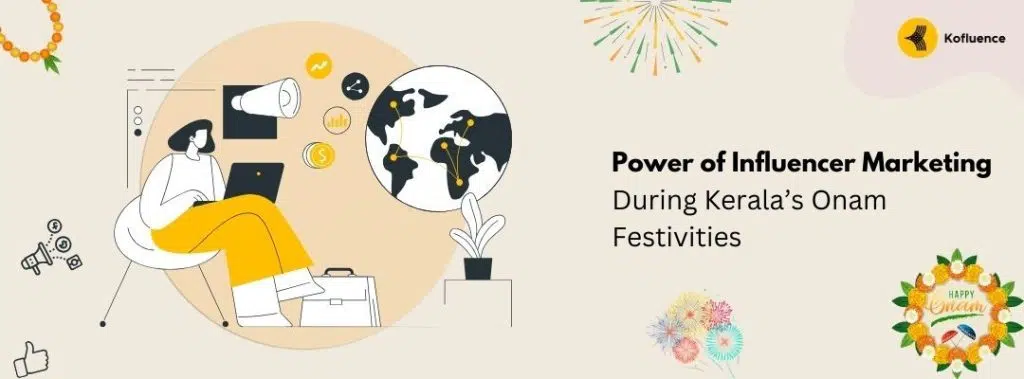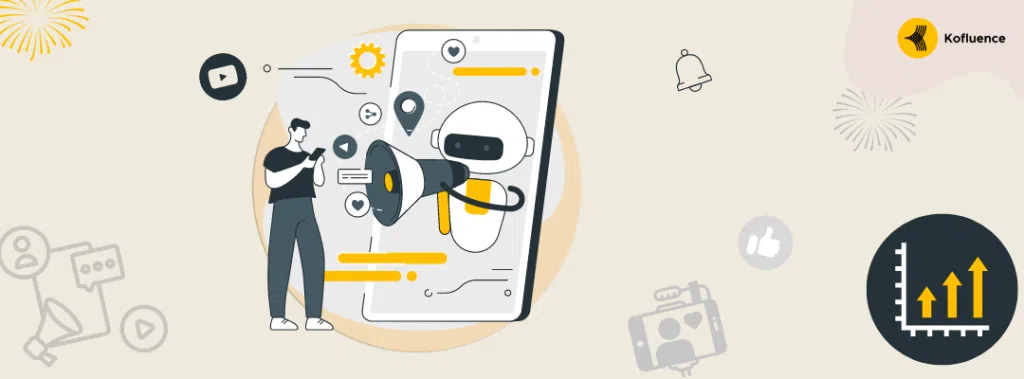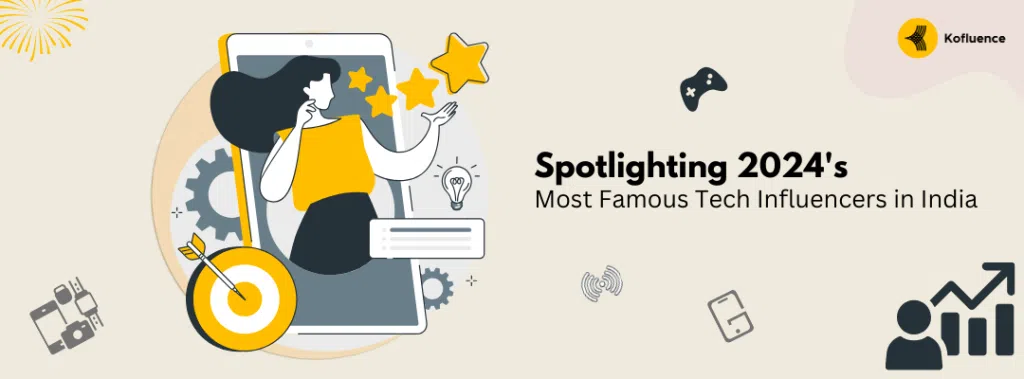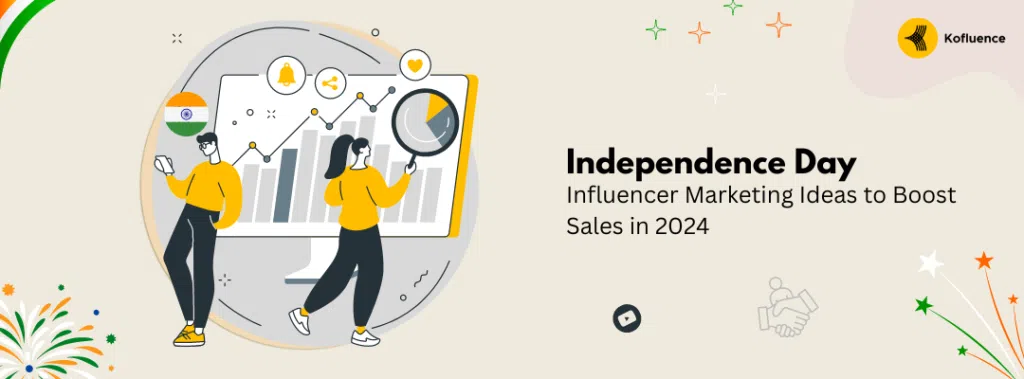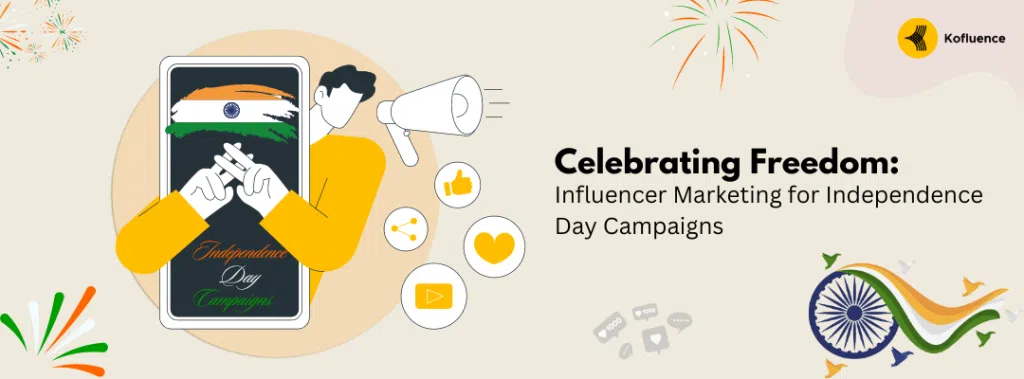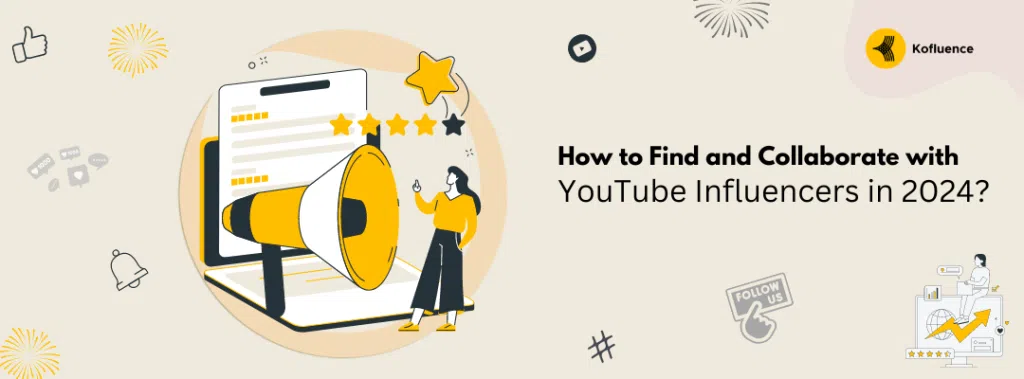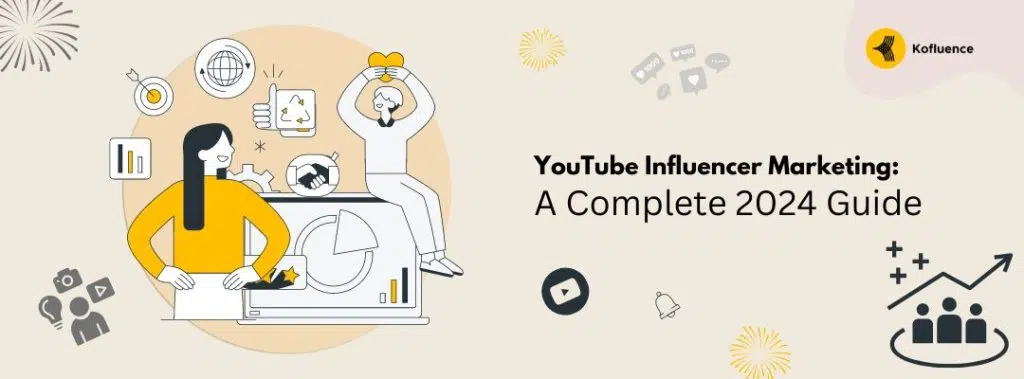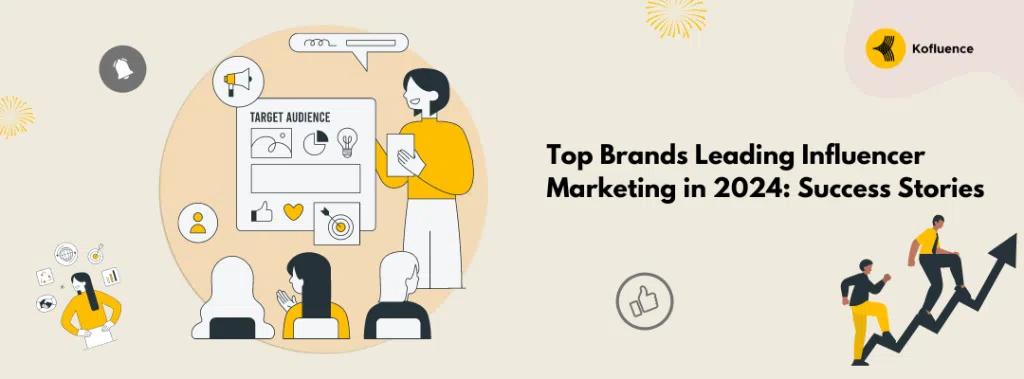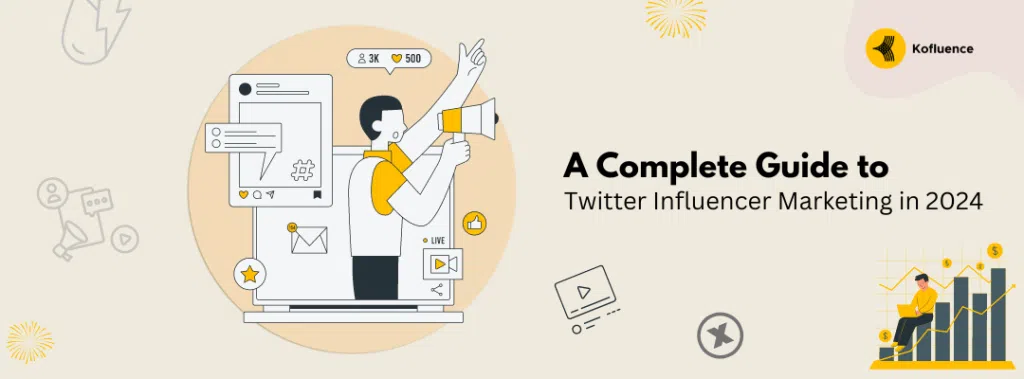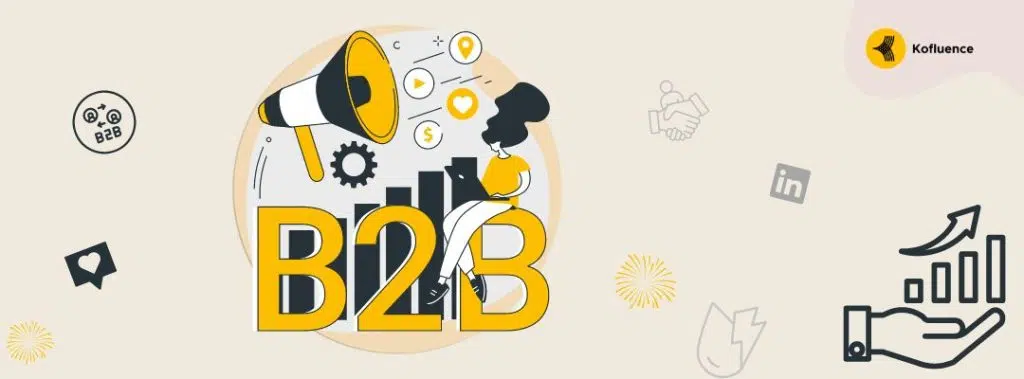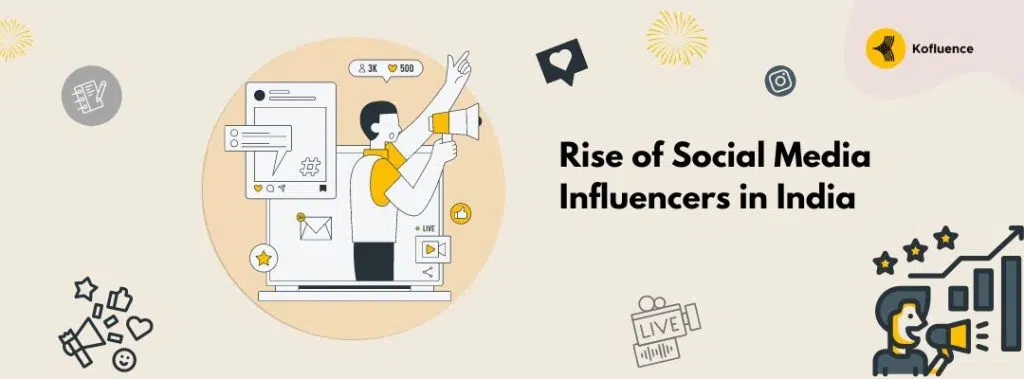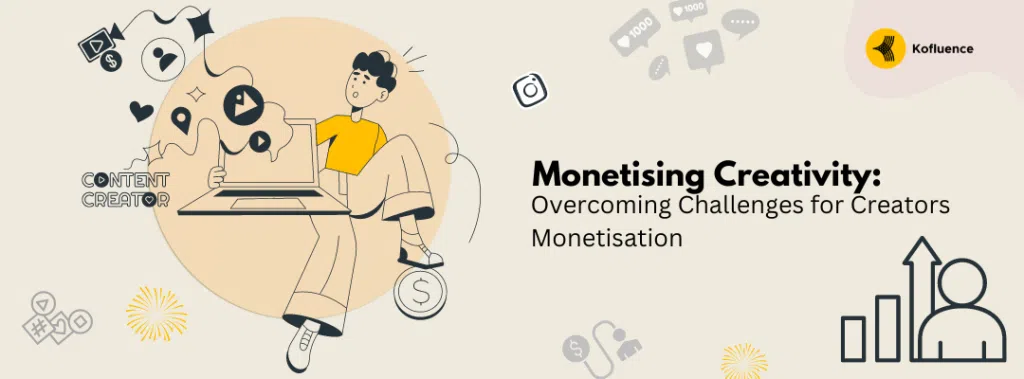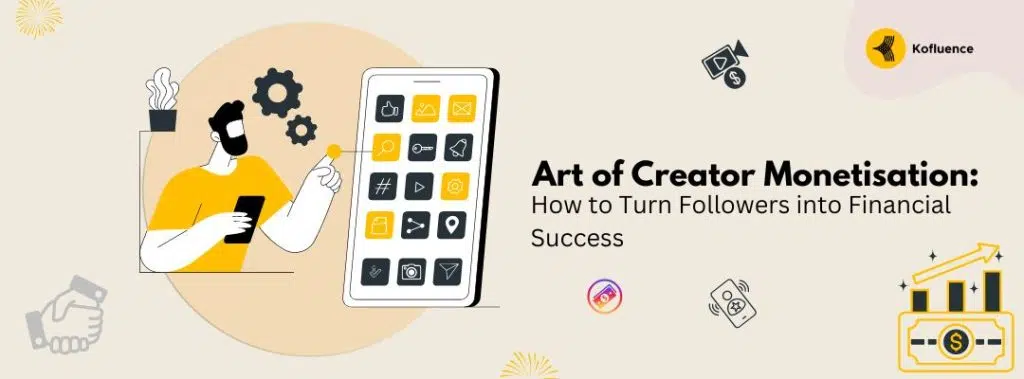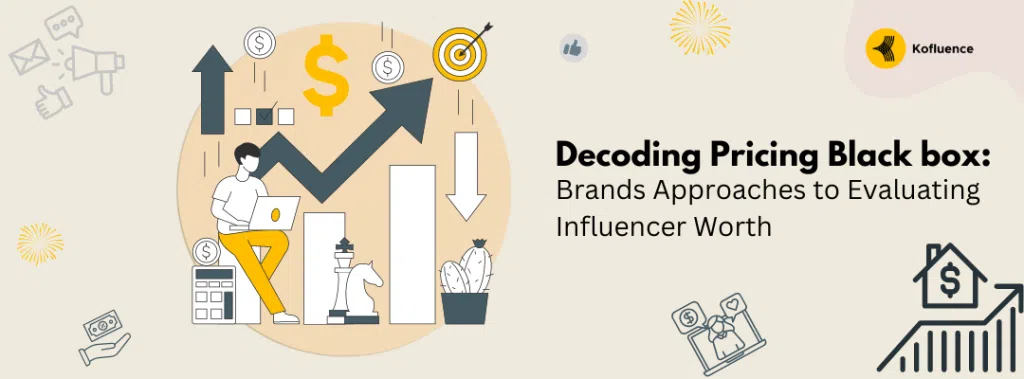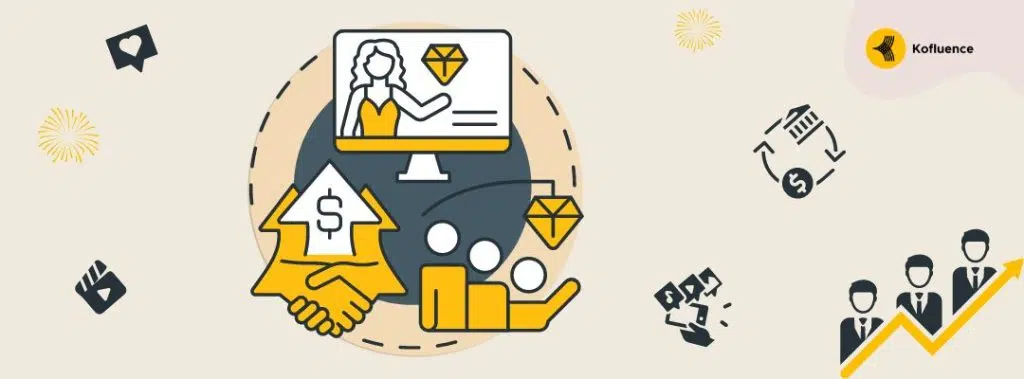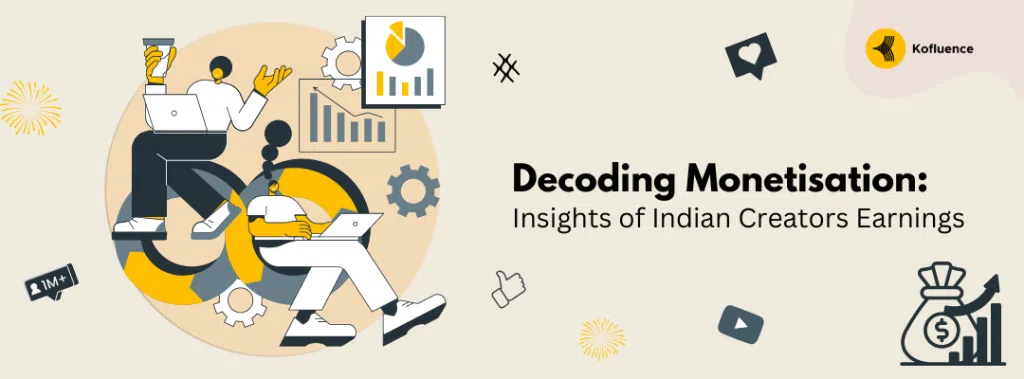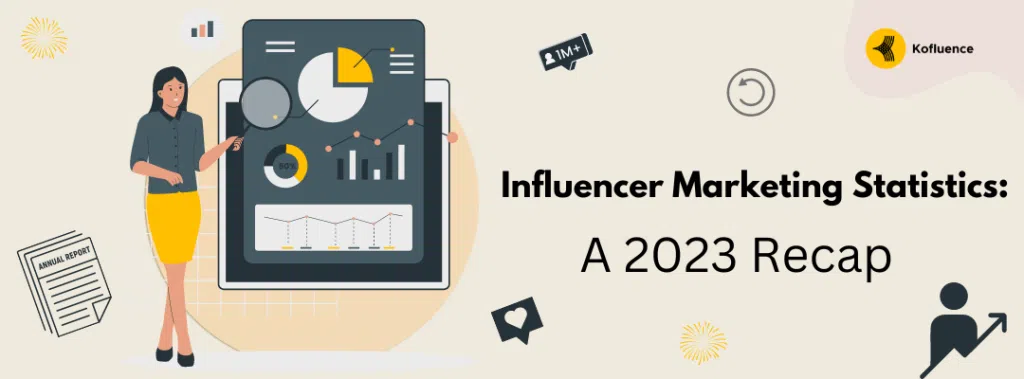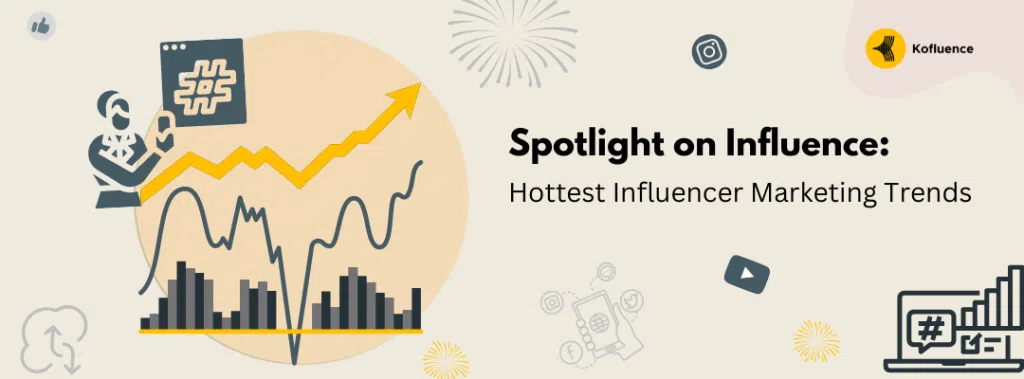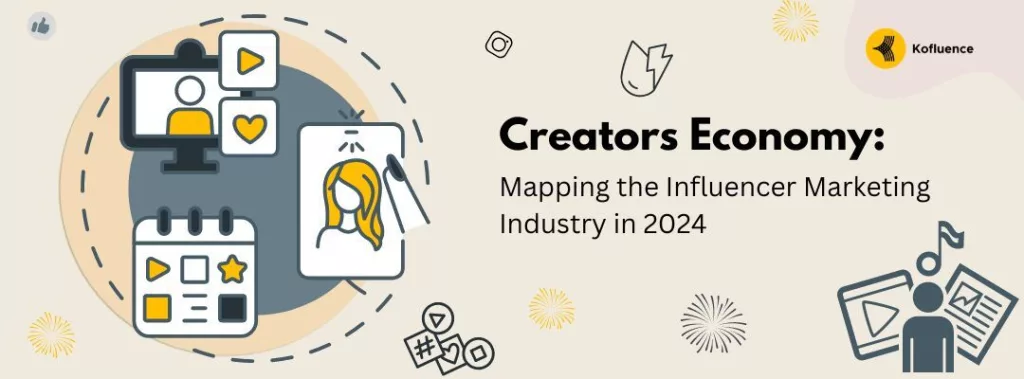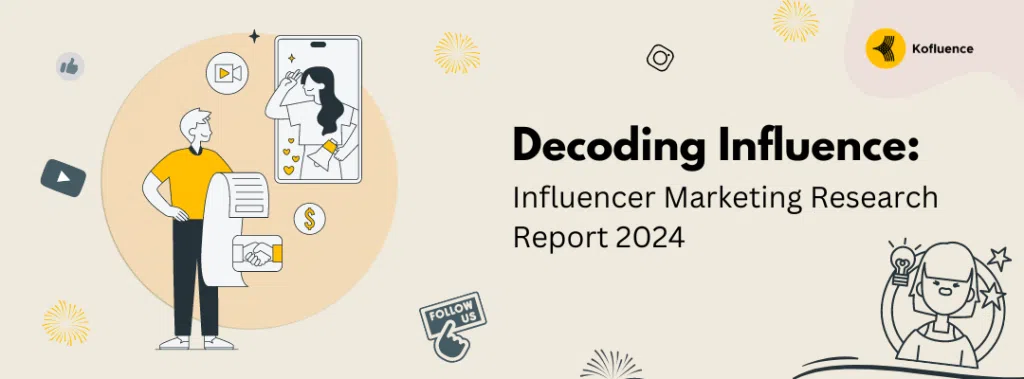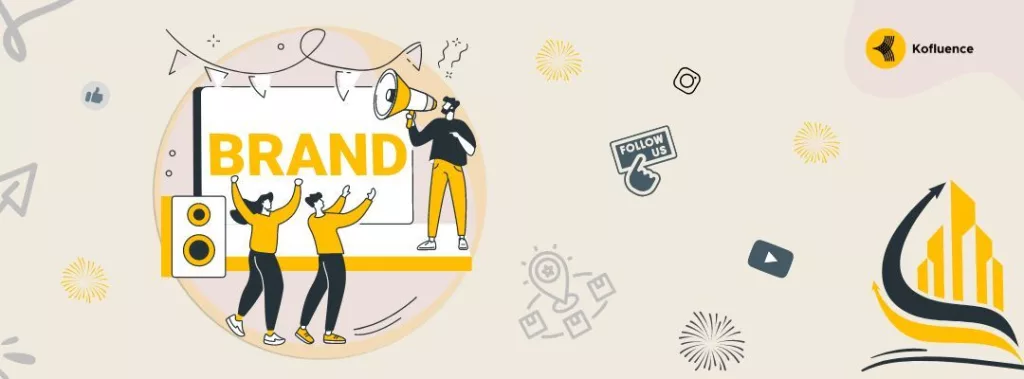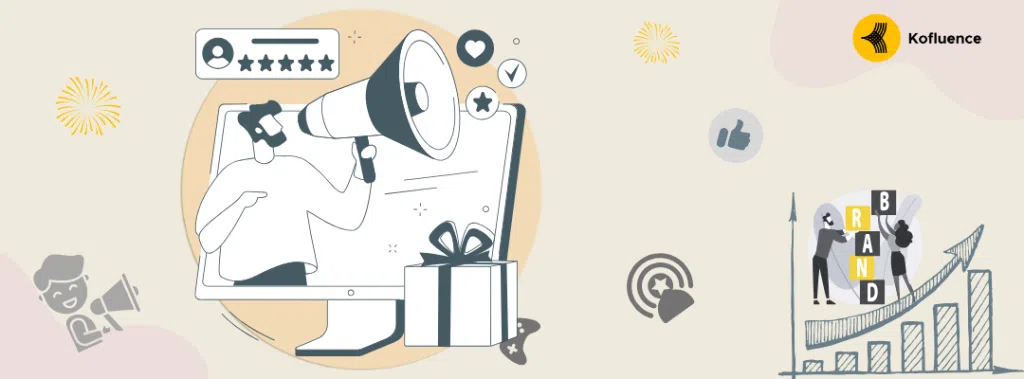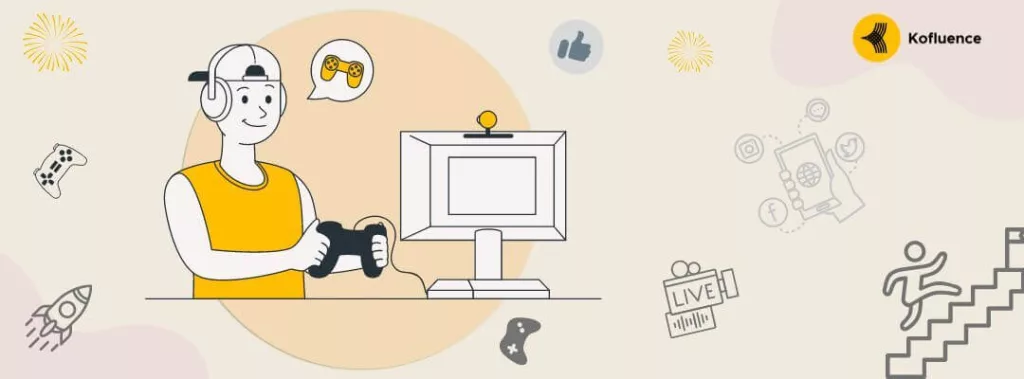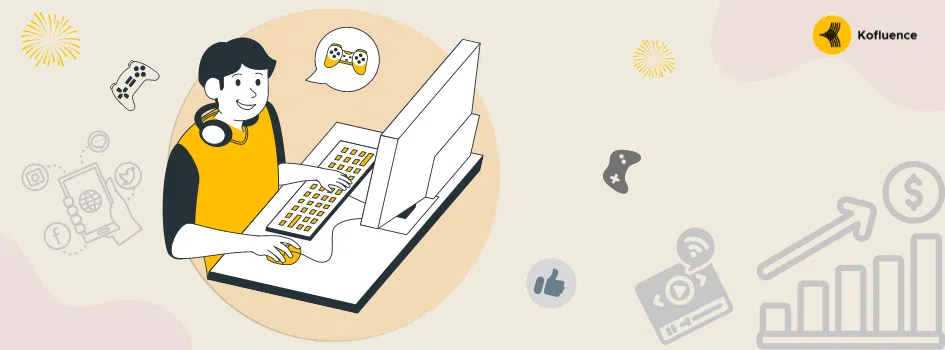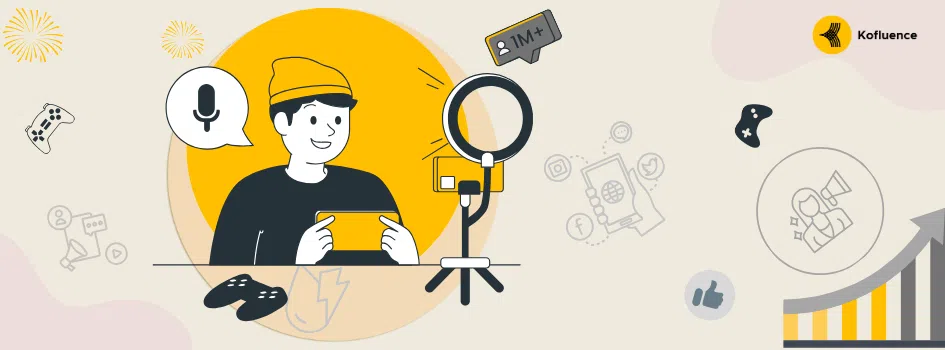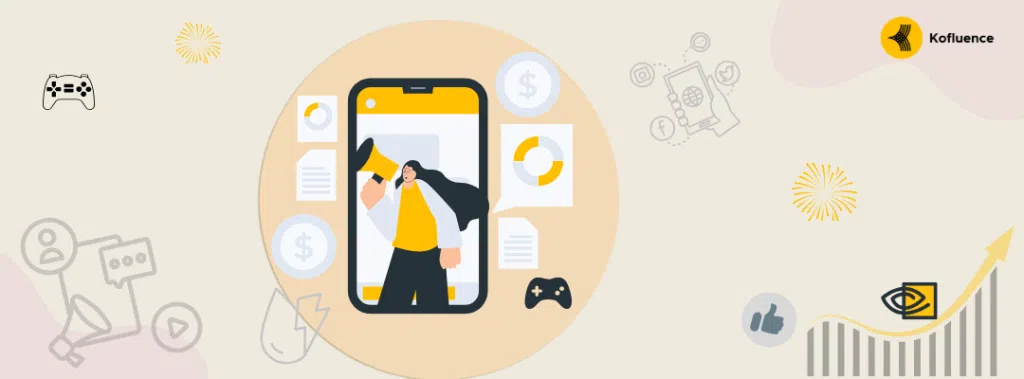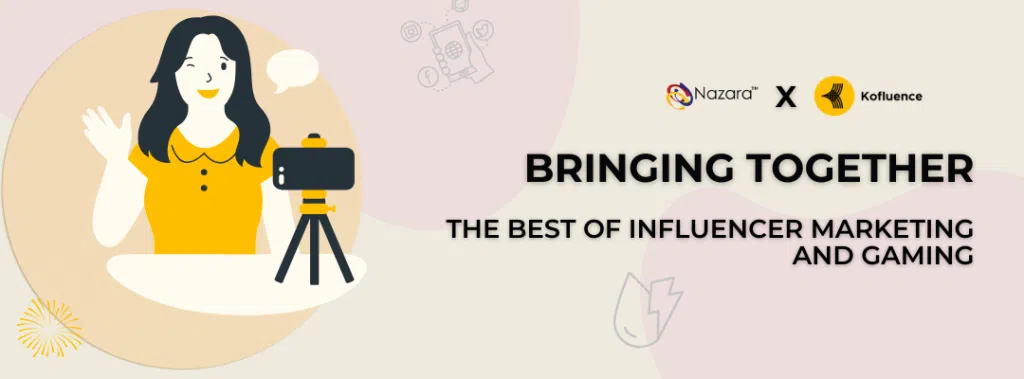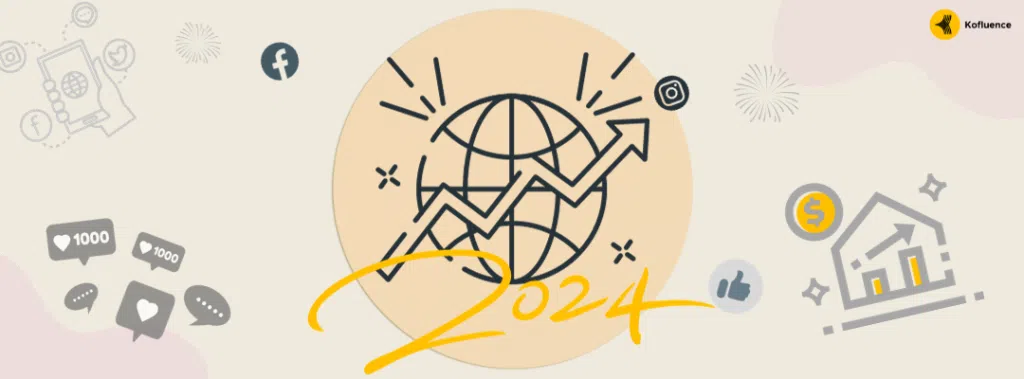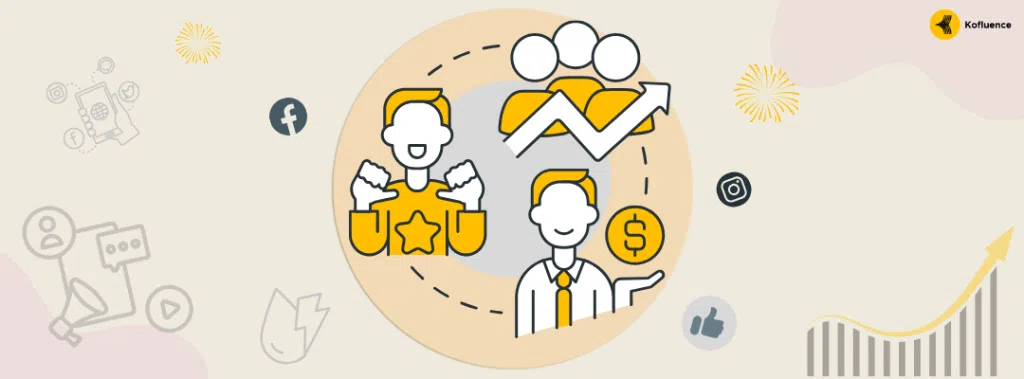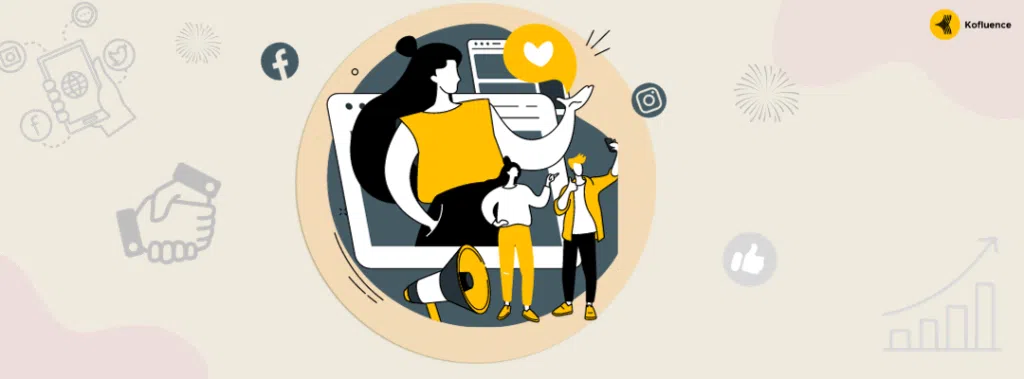It would be an understatement to say that social media plays an important part in our lives. Over the last two decades, it has shaped our functioning in ways that are beyond comprehension. While early social media sites like MySpace and Orkut evolved into more refined social networking platforms like Twitter and YouTube, our appetite for content has certainly transformed. Today, content creators are making a viable source of living by producing curated content that speaks to their target audiences, contributing to a flourishing “Creators Economy“.
While Social 1.0 honed in on content creators finding an open and relatively free marketplace to explore their creative juices and engage with a broader set of audiences, the tides are turning in recent times. With constant dissemination of fake news, cyber-bullying, and compromised data privacy, concerns over how “free” social media actually is, could be dampening the mood.
Addressing these challenges, we see a new breed of social applications evolving, that can be categorized into the newer generation of Social media,i.e. Social 2.0. The entire idea is to evolve social networking to social platforming, through robust and sophisticated technology such as AI, for enhanced user experience and transparency.
What is Social Media 2.0?
As for most tech-related buzzwords such as “Metaverse” and “Blockchain”, the actual definition of the term Social 2.0 may be difficult to put into words. Think of it more like a behavioral change than a technological change in the way social media will be evolving in the upcoming years.
Why Social Media 2.0?
More Transparency
On the face of it, Social 1.0 is free for all, an open playground for users to explore and embark on new adventures. However, it might come as a surprise that this “free business model” which may not require any physical exchange of money for a product, instead trades user attention in return for use of their platform. How so? Data Mining. Through the large-scale undermining of consumer privacy, Big Data today is using AI technologies and sophisticated algorithms to process mass amounts of data without users even being aware of what they are in for. Ever wondered how platforms like Facebook and Instagram have micro-targeted advertisements displayed on your feeds? It is estimated that Facebook holds ½ a gigabyte of data for every one of its active users.
Social 2.0 attempts to use AI and ML technologies in a more ethical way, to prioritize user transparency and control data sharing and engagement with platforms.
Better Monetization
Subscription-led monetization models to access content are on the rise, helping influencers generate long-term and stable revenue streams. The hope with Social 2.0 is that with varied monetization tools, creators will be able to price their content for better market discovery and have more artistic liberty on their content, without conforming to advertiser-set standards. With recurring revenue streams, the creator’s economy is set to take center stage and allow for much more flexibility for influencers to directly engage with their audiences. The pushback from data-centric monetization to content-based pricing is a welcome change that one might expect to see with Social 2.0.
Authentic Engagement
Social 2.0 gives more relevance to inferred data rather than explicit data metrics such as engagement rates, likes, and shares. Platforms are increasingly changing their algorithms to downplay clickbaity sensationalism and give more preference to organic engagement and intent-based action through social commerce. With more control in the hands of the creators, the emphasis will be on creating more meaningful community engagement rather than inauthentic content just to jump on a vitality bandwagon.
The Road Ahead…
In conclusion, the evolution of Social 2.0 can be viewed as a sociological shift, turning negatively viewed aspects of the social media construct into a more well-enlightened and creator-driven movement for the better. How we access and consume content is metamorphosing exponentially, and with Social 2.0, both platforms and marketers will have to monitor consumer tastes and preferences for outreach that is more personalized and tailored for better user experiences. Exactly what Social 2.0 will encapsulate? That is yet to be determined.
If you found this blog to be helpful browse through our website for other blogs on similar topics or get in touch with us for your next influencer marketing campaign! Download the Kofluence app and find relevant campaigns catering to your target audience! To opt-in, download the Kofluence app here: iOS users, and Android users.

